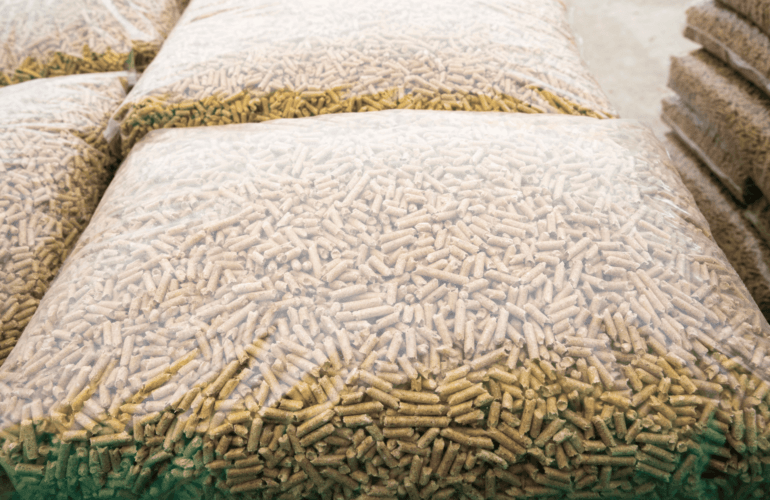Packaging is important in any industry, but when it comes to bagging construction materials, there are some specific challenges to overcome.
Whereas in food and drink and other consumer-facing items, packaging needs to look good to build brand awareness and attract attention on the shelf, when packing heavy or bulky materials such as cement or aggregates, different factors come into play.
The challenges of packaging construction materials
Construction materials and the building industry have very practical requirements that need to be met:
- Durability and storage: Bags and sacks are likely to be stored outside or in harsh conditions on construction sites and handled roughly. Packaging must be robust enough to withstand these demanding environmental factors without tearing or punctures.
- Precision measurements: Packaging should be filled accurately to adhere to industry standards – substances such as cement or plaster are mixed according to the assumed weight of the package. Measuring accurately also reduces waste and improves customer satisfaction.
- Dust control and cleanliness: Many construction materials are susceptible to moisture and generate large quantities of dust which can create health hazards and reduce product purity. Packaging materials need to be moisture-resistant and tightly sealed.
- Speed vs. quality: Large-scale projects often require vast quantities of materials like cement and premix powders to be delivered on tight deadlines, and while high-speed production lines are essential for meeting demand, they mustn’t compromise the quality or consistency of the end product.
Addressing these challenges requires innovative packaging machinery tailored to bulky construction materials, such as the equipment manufactured by VAI.
VAI advanced packaging technology
VAI is a manufacturer of specialist packaging machinery renowned for its knowledge and expertise and for producing reliable, high-speed equipment with a long service life. A sister company to palletiser supplier Europack, it’s similarly well-regarded with a wide product portfolio.
The VAI range includes automated solutions for sack filling, weighing and sealing at high speed. Form fill seal baling machines make PE bags from flat foil film reels, which are constructed and filled with product before being sealed closed and delivered to the outfeed conveyor.
VFFS (vertical form fill seal) packing machines bag grains, pellets and aggregates in medium to large sacks and then seal them ready for palletising and transportation. VAI’s Automatic or semi-automatic systems have the capacity to fill up to 1,500 bags per hour.
See a VFFS packing machine in action:
Machines are made bespoke to customer requirements and as such, can integrate devices such as scales, vibrating feeders, conveyors and printers. This removes the need for multiple separate pieces of equipment, simplifying the production line and reducing capital outlay and ongoing maintenance costs.
The benefits of installing advanced bagging machinery
Using bagging machinery designed for the task in hand brings a number of benefits including quality control, productivity and cost-efficiency.
- Automated weighing systems ensure every bag is filled to exact specifications, reducing waste and ensuring consistency. Fewer losses through inaccurate weighing means better management of costs and inventory.
- Dust control is another feature of advanced systems. Integrated dust extraction mechanisms capture fine particles to improve workplace safety, reduce emissions and maintain cleanliness.
- High-speed operation delivers improved productivity – automated systems reduce manual labour and speed up the packaging process. Using an automatic palletiser to move bags to pallets ready for onward transport adds further efficiency.
Bagging construction materials requires heavy-duty packaging and equipment that’s designed to work with dusty, bulky goods. Finding the right automated system is key to keeping operations running smoothly.




